Blue Korhaan
Posted: Wed Dec 19, 2012 12:15 pm
234. Blue Korhaan Eupodotis caerulescens (Bloukorhaan )
Order: Otidiformes. Family: Otididae
Description
A fairly large bird growing to a total length of 50 to 58 cm.
The only korhaan with neck, breast and belly blue-grey, throat black and sides of face white. Both sexes have a dark cap but the ear coverts in the female are brownish, not white.
The forehead and crown are black, while the sides of the head are white. In males, the back, wings and tail are brown but the neck, throat, breast and belly are bluish-grey. Females are similar in colouring but the neck and underparts are a duller grey and the ear coverts are buff. The female has a brown cheek and the male a grey cheek. The legs and feet are yellow.
Behaviour
Move in pairs or family groups. Usually in groups of 3–5 birds. Roost in tight huddle on open ground or tall grass and returns to same roost every night, flying part of the way. When threatened they slink off head lowered or crouches down and hides.
Distribution
Endemic to southern Africa, occurring in the highveld of South Africa surrounding and extending into Lesotho.
Habitat
It generally prefers flat or undulating ground in grassland and Nama Karoo.
Diet
It mainly eats insects, lizards and plant matter, doing most of its foraging by walking along and pecking the ground, often in cultivated fields.
Breeding
Its breeding system is complex, as it can be either monogamous or polygamous, usually in trios with either two males or two females. However it may also breed cooperatively in groups of up to five, together raising a brood and defending the nest against predators. The nest is a simple scrape in the ground, usually between grass tufts tall enough to conceal the incubating bird. Egg-laying season is from September-February, peaking from October-November. It lays 1-2, rarely 3 eggs, which are solely incubated by a single female or multiple females (depending on the size of the family group) for about 24-28 days. The chicks are fed by both parents, leaving the nest soon after hatching to join the family group, who vigorously defend them by chasing away or distracting predators. The young take their first flight at about five weeks old.
Call
The call is a series of throaty krok-kau, often heard around dawn and uttered during flight.
Status
Locally common resident in grassland and e Karoo.
Near-threatened globally and regionally, although its population is decreasing, probably due to habitat loss caused by cultivation, human settlement and afforestation.
The population of this species was estimated to be between 8,000 and 10,000 mature birds in 2017 by the International Union for Conservation of Nature (IUCN). In the Eastern Karoo the population seems to be declining but elsewhere it seems fairly stable. However, according to the IUCN, the area of suitable habitat is being reduced due to grassland being converted for agricultural use, and this is expected to continue. For this reason, the IUCN has assessed the bird's conservation status as being "near threatened".
Order: Otidiformes. Family: Otididae
Description
A fairly large bird growing to a total length of 50 to 58 cm.
The only korhaan with neck, breast and belly blue-grey, throat black and sides of face white. Both sexes have a dark cap but the ear coverts in the female are brownish, not white.
The forehead and crown are black, while the sides of the head are white. In males, the back, wings and tail are brown but the neck, throat, breast and belly are bluish-grey. Females are similar in colouring but the neck and underparts are a duller grey and the ear coverts are buff. The female has a brown cheek and the male a grey cheek. The legs and feet are yellow.
Behaviour
Move in pairs or family groups. Usually in groups of 3–5 birds. Roost in tight huddle on open ground or tall grass and returns to same roost every night, flying part of the way. When threatened they slink off head lowered or crouches down and hides.
Distribution
Endemic to southern Africa, occurring in the highveld of South Africa surrounding and extending into Lesotho.
Habitat
It generally prefers flat or undulating ground in grassland and Nama Karoo.
Diet
It mainly eats insects, lizards and plant matter, doing most of its foraging by walking along and pecking the ground, often in cultivated fields.
Breeding
Its breeding system is complex, as it can be either monogamous or polygamous, usually in trios with either two males or two females. However it may also breed cooperatively in groups of up to five, together raising a brood and defending the nest against predators. The nest is a simple scrape in the ground, usually between grass tufts tall enough to conceal the incubating bird. Egg-laying season is from September-February, peaking from October-November. It lays 1-2, rarely 3 eggs, which are solely incubated by a single female or multiple females (depending on the size of the family group) for about 24-28 days. The chicks are fed by both parents, leaving the nest soon after hatching to join the family group, who vigorously defend them by chasing away or distracting predators. The young take their first flight at about five weeks old.
Call
The call is a series of throaty krok-kau, often heard around dawn and uttered during flight.
Status
Locally common resident in grassland and e Karoo.
Near-threatened globally and regionally, although its population is decreasing, probably due to habitat loss caused by cultivation, human settlement and afforestation.
The population of this species was estimated to be between 8,000 and 10,000 mature birds in 2017 by the International Union for Conservation of Nature (IUCN). In the Eastern Karoo the population seems to be declining but elsewhere it seems fairly stable. However, according to the IUCN, the area of suitable habitat is being reduced due to grassland being converted for agricultural use, and this is expected to continue. For this reason, the IUCN has assessed the bird's conservation status as being "near threatened".

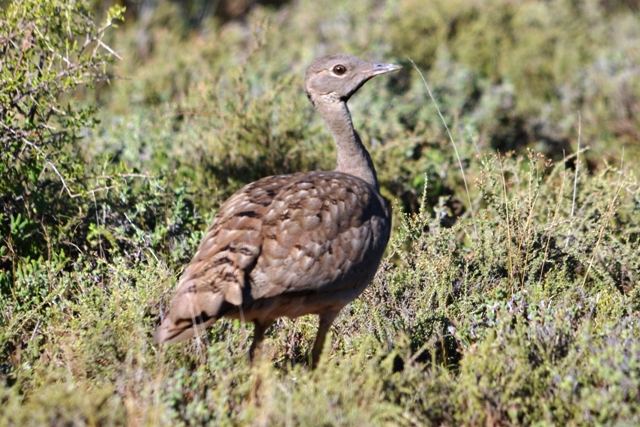 © Mel
© Mel © leachy
© leachy © leachy
© leachy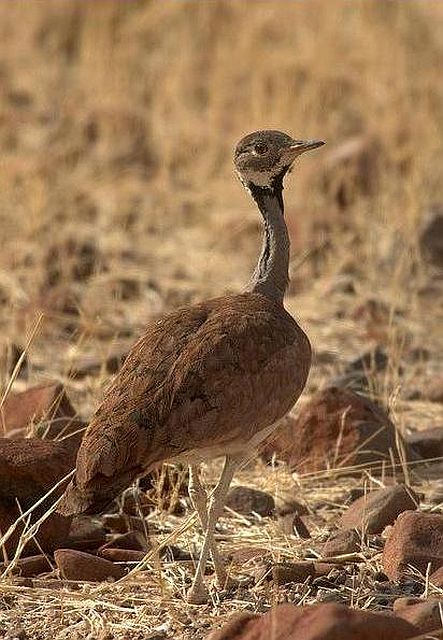
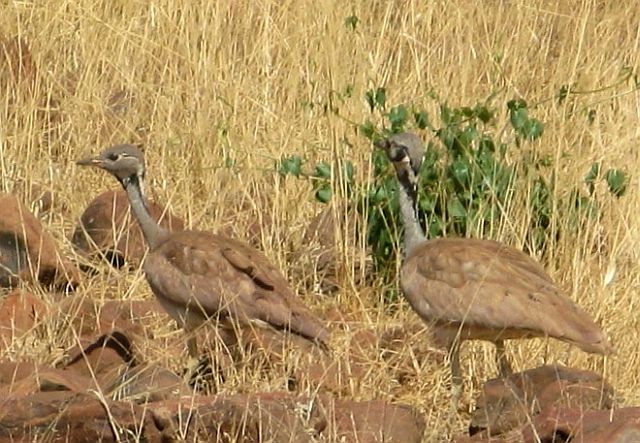
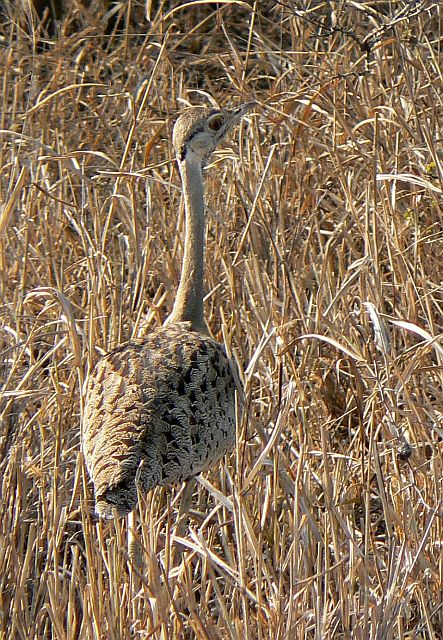 © Toko
© Toko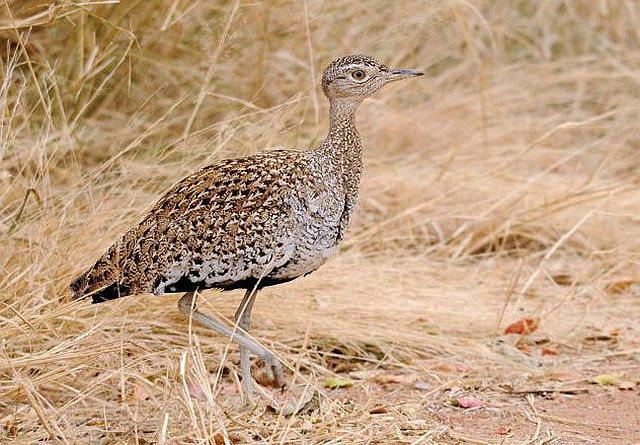 © Dewi
© Dewi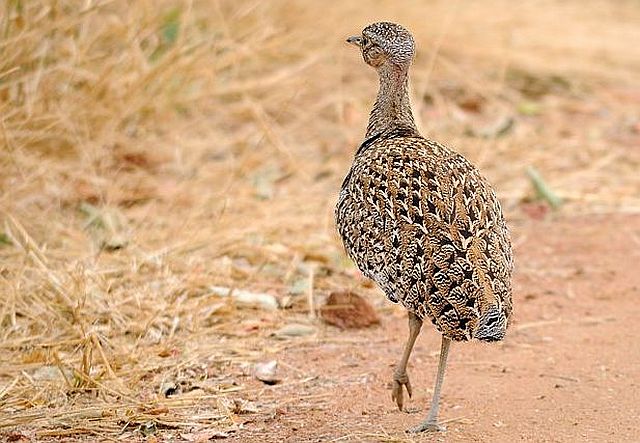 © Dewi
© Dewi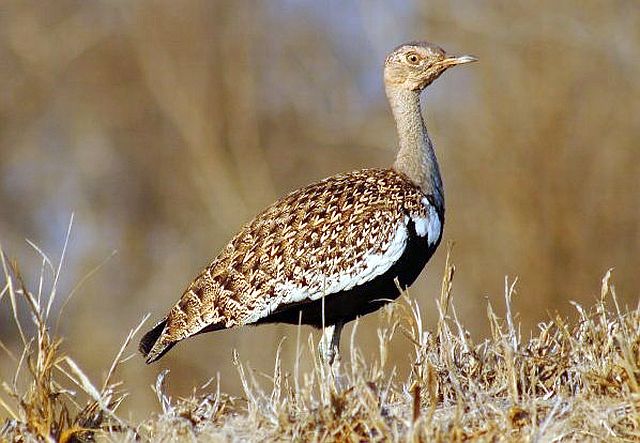 © Flutterby
© Flutterby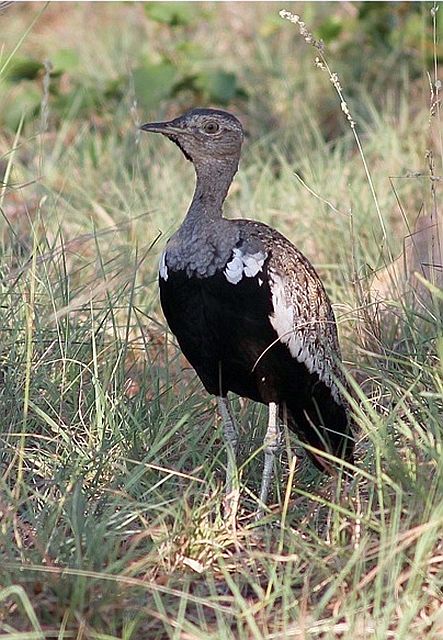 © Amoli
© Amoli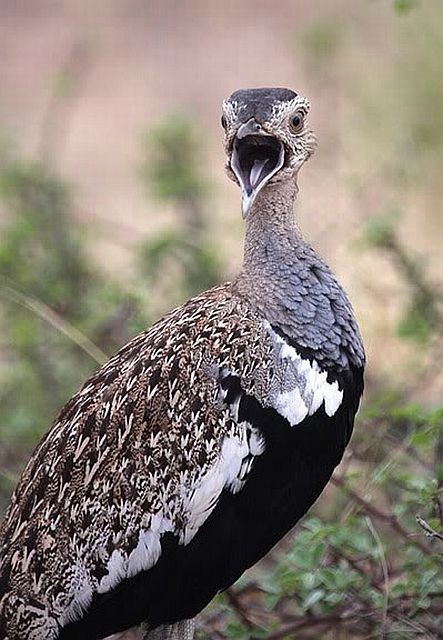 © leachy
© leachy © Heksie
© Heksie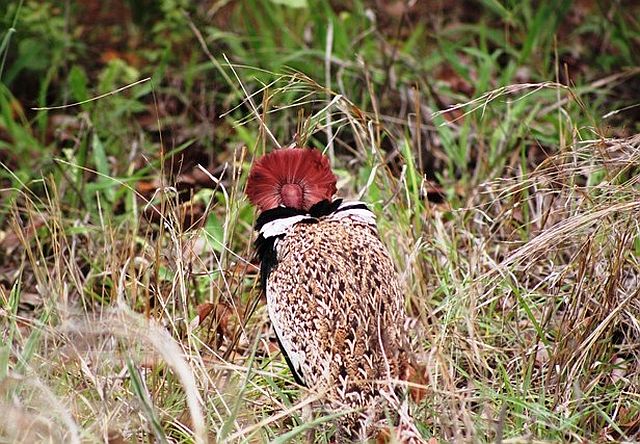 © Heksie
© Heksie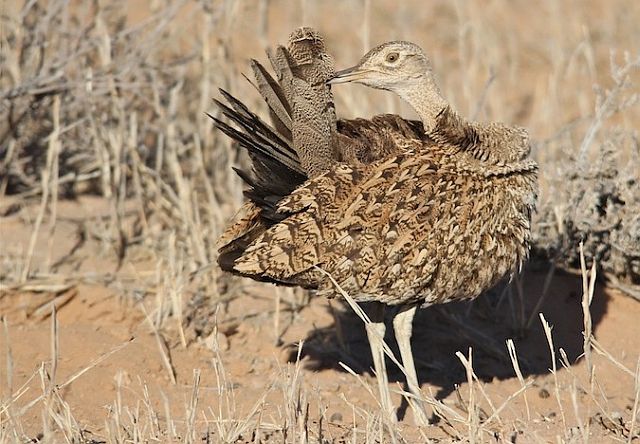 © ExFmem
© ExFmem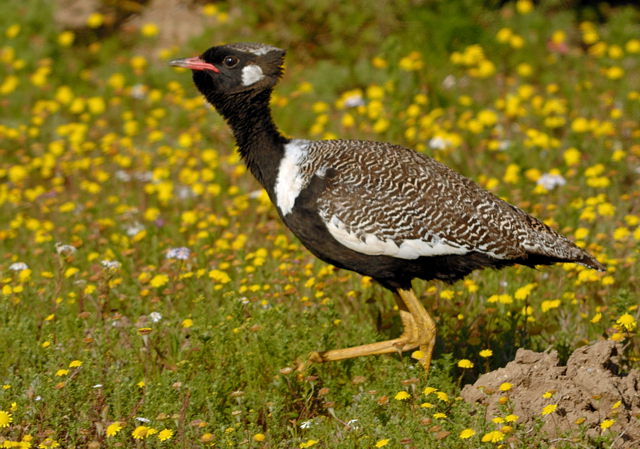 © Dewi
© Dewi 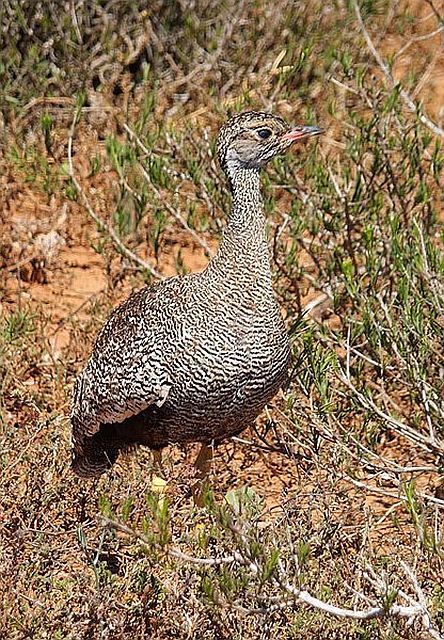 Female © PJL
Female © PJL